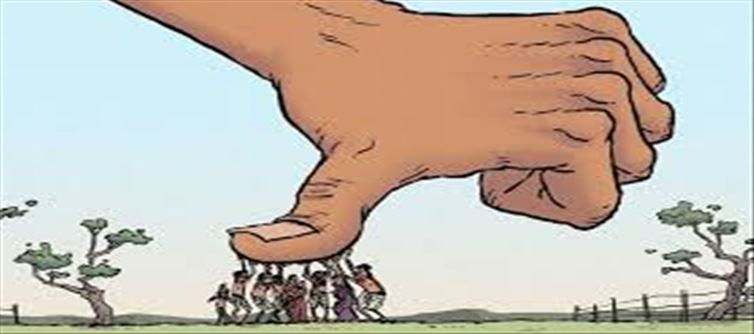
The twisted strands of dna reveal stories about the caste system's formation as well as the positives and negatives that make us human. Researchers from West Bengal's National Institute of Biomedical Genomics (NIBMG) examined the dna of different tribes to solve a question that has been raised in history books: when did caste become the dominating norm for ethnic communities in India? Endogamy (marrying within one's caste) began around 70 generations ago, or during the time of the Hindu Gupta period roughly 1,500 years ago, for most upper-caste societies, according to the Hindu Gupta period.
The scientists were able to pinpoint the end of caste mixing by examining the block lengths of ancestral DNA. Marriages between West Bengal Brahmins and northeastern populations persisted until the emergence of the Pala dynasty in the 8th century, which closed off these territories. If we look deep inside the block lengths of ancestral genes, the researchers could target the period when the mixing of castes ended.
Following that, the "mixing" of genetic groupings, according to the researchers, proceeded in an "asymmetric" stream. Upper caste communities continued to provide genetic material to lower caste and indigenous civilizations, but not the other way around. According to the study, this is "linked to male dominance and an overall belief about continuing the supremacy at any cost"




 click and follow Indiaherald WhatsApp channel
click and follow Indiaherald WhatsApp channel